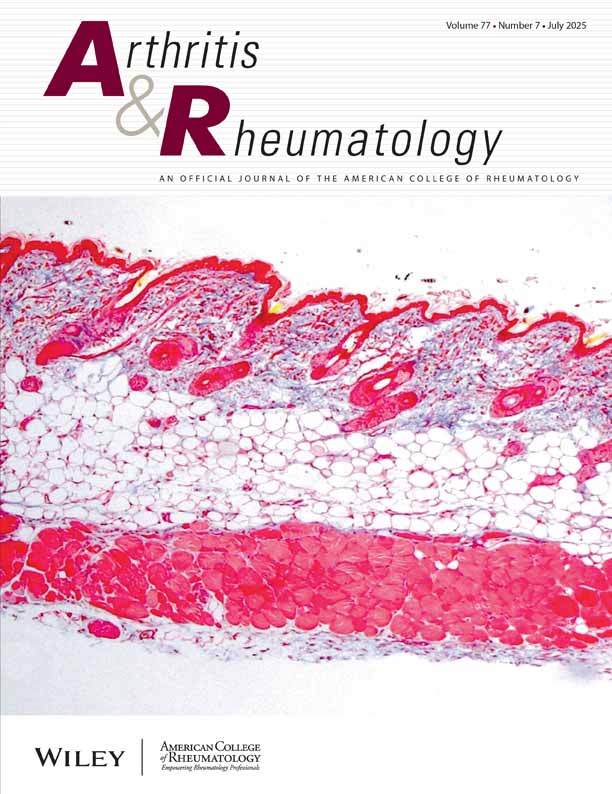Association between the interleukin-1 family gene cluster and psoriatic arthritis
Abstract
Objective
The interleukin-1 (IL-1) cytokine elicits a wide variety of biologic activities that initiate and promote an inflammatory response. The loci in the IL1 gene cluster have recently been associated with ankylosing spondylitis (AS). Since there is clinical and immunologic overlap between psoriatic arthritis (PsA) and AS, we wanted to examine the association between a panel of single-nucleotide polymorphisms (SNPs) in the IL1 gene family cluster and chromosome 2q12–13 in a PsA cohort.
Methods
Two hundred twelve PsA patients and 150 ethnically matched controls were genotyped with 11 SNPs in IL1A, 9 SNPs in IL1B, and 9 SNPs in IL1F5–10. Univariate analyses of the 29 single markers and short intragenic haplotypes identified several associated regions. Seventeen markers of interest were noted and further investigated to determine which markers or short haplotypes independently predict case–control status, using a stepwise logistic model.
Results
Two regions contributing independently to risk of disease in PsA were noted: a region spanned by markers rs3783547, rs3783543, and rs17561 in IL1A, and a region near the end of IL1B, through IL1F7, IL1F8, and into IL1F10. The best model contained markers rs3811047, rs1562304, and rs3811058, and 1 haplotype constructed from the 3 markers in region 1, with a likelihood ratio of 25.34 (4 degrees of freedom).
Conclusion
The IL1 locus appears to be a high-priority susceptibility locus in PsA, with at least 2 independent regions that confer increased risk.




